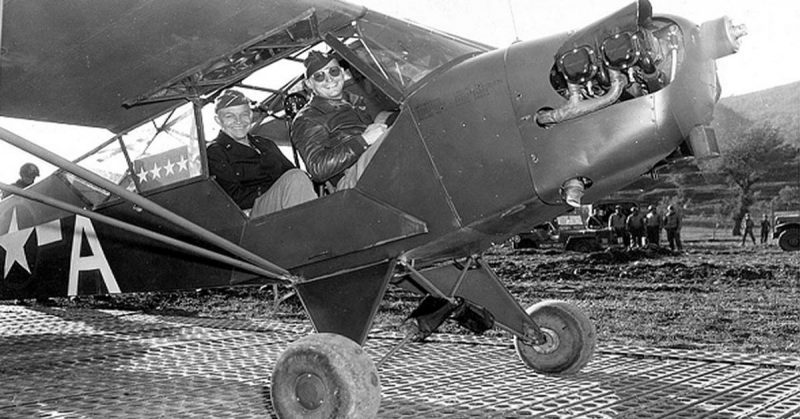War History Online recently published “I Don’t Like Ike” by guest blogger Peter B. Gemma. Here, Ray Panko of the University of Hawaii responds.
In general, there is nothing surprising about a long period of no advancement followed by rapid promotions. Armies grow massively in war, then shrink to a ghost of their former size. During interwar periods, advancement is glacial. As wars approach, massive growth brings rapid growth in rank. When the United States went to War in 1917, its total Army force was a mere 133,000 men [Neumann 5]. By 1918, the Army had grown to four million, and the Army had trained 200,000 new officers to lead the troops [Neuman 6].
Then, peace came again, and with it, rank stagnation. In the 1920s and much of the 1930s, the Army’s size again hovered around 135,000 [Specter, 9]. When the war started in Europe, the U.S. Army still only had 190,000 [Specter 10]. During this long period of stasis, it took about 13 years to be promoted from first lieutenant to captain [Specter 11]. Even people like Jimmy Doolittle, who had set many flight records, won major air races, and earned a doctorate from MIT, went into the Reserves because of poor advancement prospects. Ben Kelsey, who was in charge of developing new USAAC aircraft (including the P-38) was a lieutenant. That Eisenhower advanced slowly in rank needs no further explanation.
As the United States Army began its rebuilding program for World War II, it held a series of larger and more complex field exercises. This allowed it to train up its sergeants and lieutenants. However General Marshall was personally focused on a different need—the need to select his top officers [Perry]. Some of the existing officers were good, others not. Beyond examining existing generals, Marshall was assessing lieutenant colonels and colonels to find the men with the potential for high rank. He used the field exercises to identify candidates for rapid advancement. Marshall had a black book for taking notes. He showed to a reporter who asked if it really existed.
In September 1941, just three months before Pearl Harbor, the two largest maneuvers took place in Louisiana and Part of Texas [Perry]. The vast “battlefield” covered 34,000 square miles, and the two Armies that faced off had 350,000 troops and 50,000 vehicles. The exercise pitted General Benjamin Lear’ Second Army (Red) against Lt. Gen. Walter Krueger’s Third Army (Blue). Lear’s Red army would attack Krueger’s Blues in order to capture and occupy Louisiana. Lear had Col. George S. Patton lead the initial combined arms attack. The Reds crossed the Red River on September 15, led by Patton’s tanks.
Krueger had surrounded himself with brainy but obscure assistants [Perry]. His chief of staff was Lt. Col. Dwight David Eisenhower. Marshall was not too sure about Eisenhower, but Krueger assured him that Ike was a “brilliant planner and tough soldier.” Eisenhower created an innovative plan to flank Patton. Krueger implemented the plan, stopping Patton. The umpires declared victory of the blues.
Eisenhower demonstrated innovativeness in many ways during the Louisiana Maneuvers. He realized that ground lines of sight were not enough for rapidly moving troops [Rogers 39ff]. He brought a Piper Cub to the exercises to show how eyes in the sky could change how troops maneuvered. Although he was a licensed pilot with 600 hours of hours of experience, he played passenger in a Piper J-3 Cub (although he often took the controls).To teach his staff how valuable the high view was, he had his assistants take to the air as well.
Eisenhower was now in Marshall’s little black book. Three months later, just days after Pearl Harbor, new Brigadier General Eisenhower was called to Washington [Perry]. In a few months, he was in London, planning the invasion of North Africa. Two years later, he was supreme allied commander in Europe.
References
Neumann, Brian F. (Series Ed.) THE U.S. ARMY CAMPAIGNS OF WORLD WAR I COMMEMORATIVE SERIES (CMH Pub 77–2). Center of Military History United States Army, Washington, D.C., 2017. Link.
Perry, Mark. Louisiana Maneuvers (1940-41), HistoryNet, 2008. Link.
Rogers, Neil F. (1992). World War II Liaison Aviation in the United States Armed Forces, Ph.D. Dissertation, Northern Arizona University.
Specter, Ronald H., Eagle Against the Sun. Vantage, New York, 1985.
